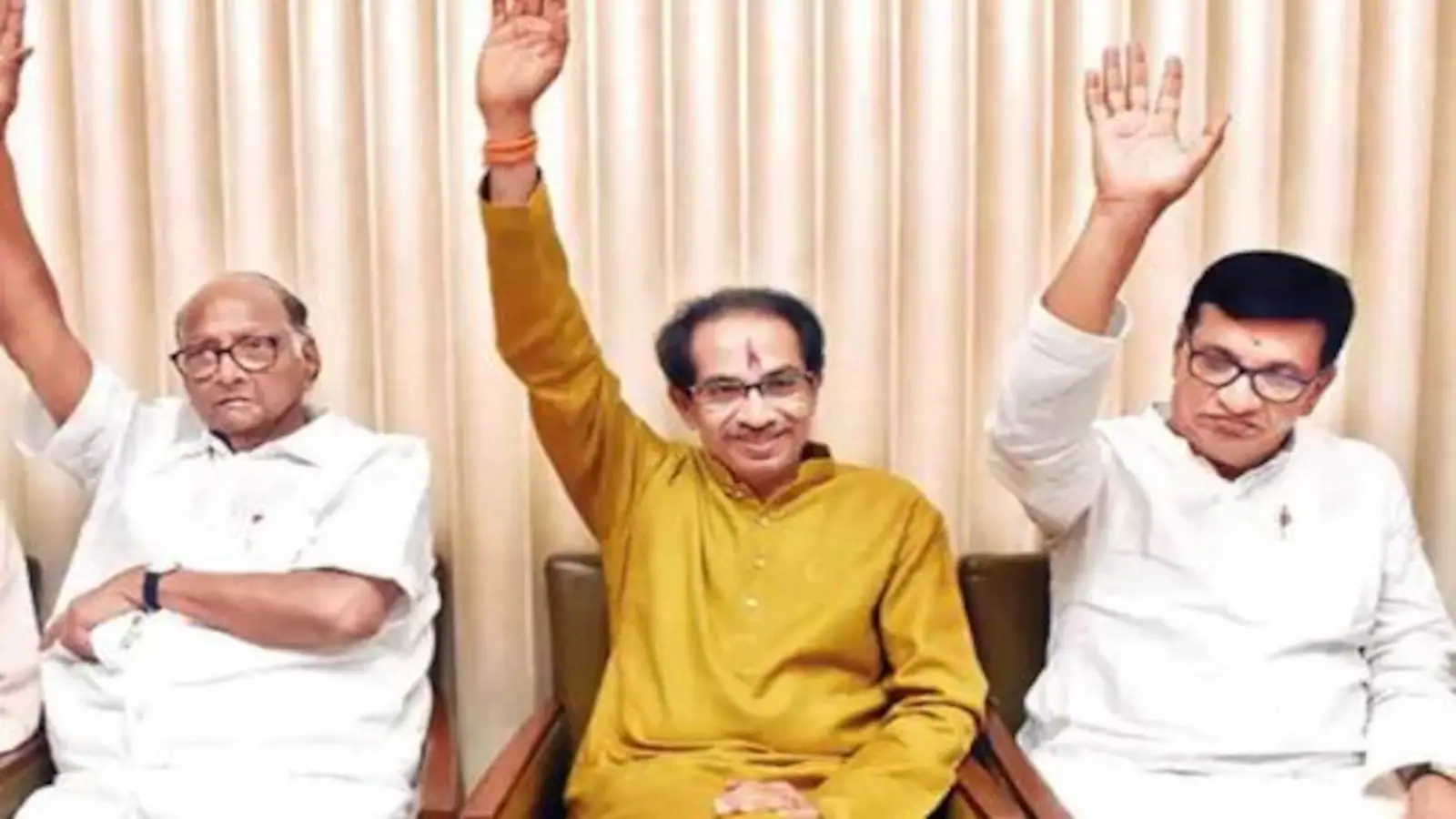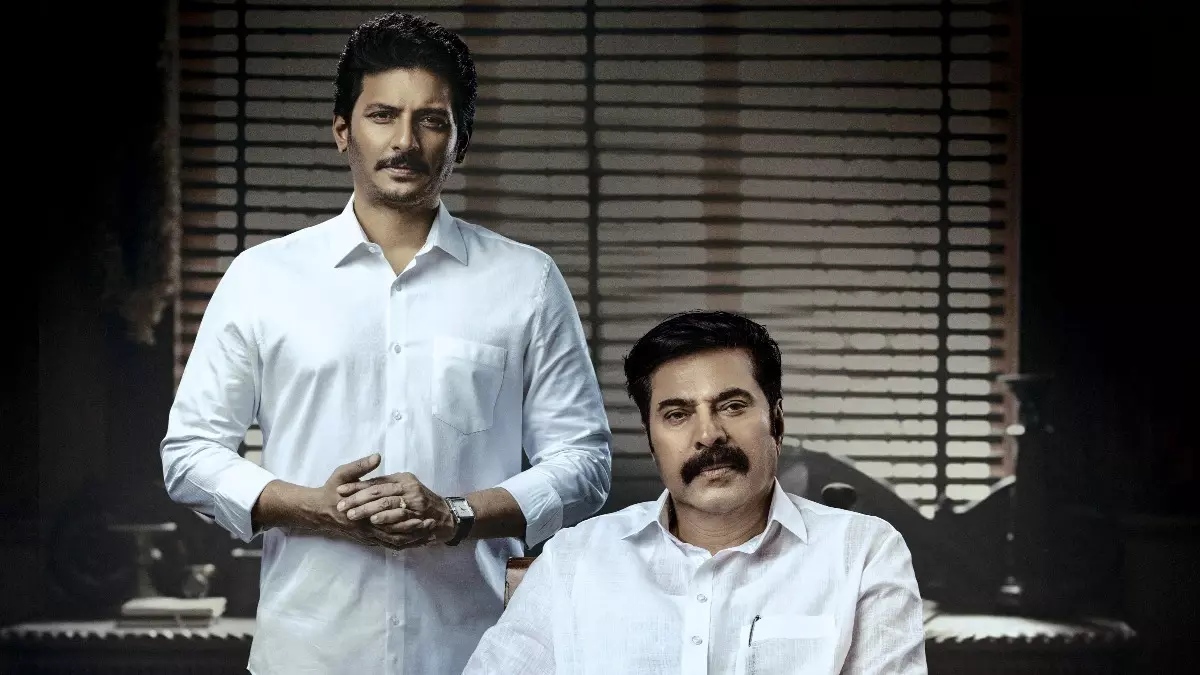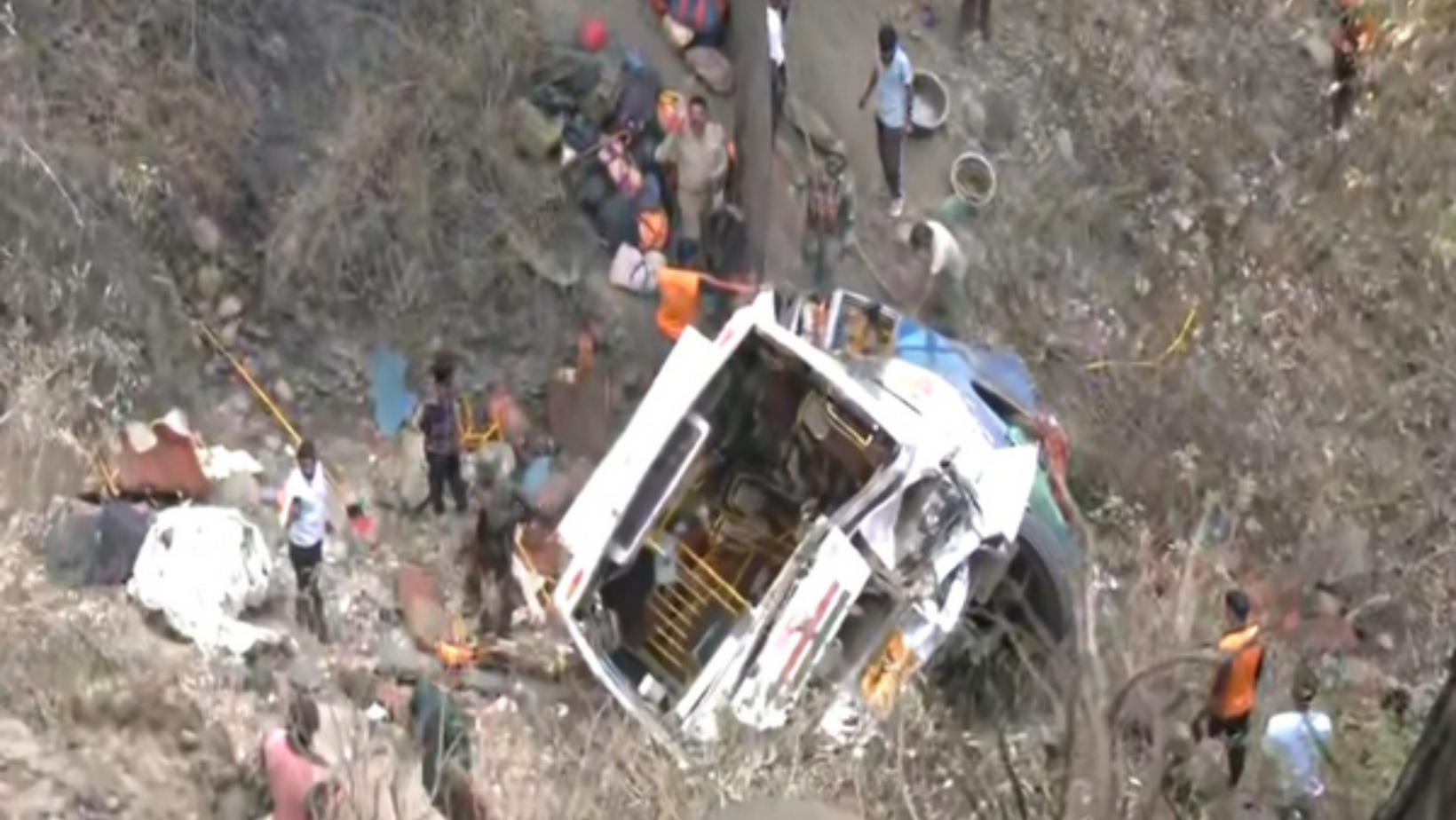In the complex and dynamic political arena of Maharashtra, the upcoming Lok Sabha elections are set to witness a battleground between two factions of the Shiv Sena and Nationalist Congress Party (NCP), aligned with opposing alliances led by the Bharatiya Janata Party (BJP) and the Congress. Led by Uddhav Thackeray, the Shiv Sena faction will contest 21 constituencies, while the Congress and NCP factions, led by Sharadchandra Pawar, will vie for 17 and 10 seats, respectively, out of the state’s 48 Lok Sabha segments. This arrangement is under the banner of the Maha Vikas Aghadi (MVA) coalition.
The formation of the MVA coalition marks a strategic move by the Shiv Sena, Congress, and NCP to consolidate their forces against the Mahayuti coalition, comprising the BJP, Eknath Shinde-led Shiv Sena, and Ajit Pawar’s NCP. Despite internal complexities and multiple aspirants for each seat, the MVA allies managed to reach a consensus, making significant concessions to ensure unity and strengthen their collective stance against the opposition.
Under the seat-sharing arrangement, the Shiv Sena will field candidates across all five regions of Maharashtra, including Konkan, western Maharashtra, Marathwada, north Maharashtra, and Vidarbha. Meanwhile, the NCP will focus its resources on constituencies with higher win probabilities, particularly in the sugar belt of western Maharashtra. The Congress’s distribution of seats spans Vidarbha, western Maharashtra, and Marathwada, with the remaining Konkan region and most Mumbai seats allocated to other MVA allies.
As the Lok Sabha elections draw near, the stage is set for a fierce electoral contest in Maharashtra, with the MVA coalition aiming to consolidate its position and secure a significant number of seats against the backdrop of a polarized political landscape and intense competition from rival alliances.






